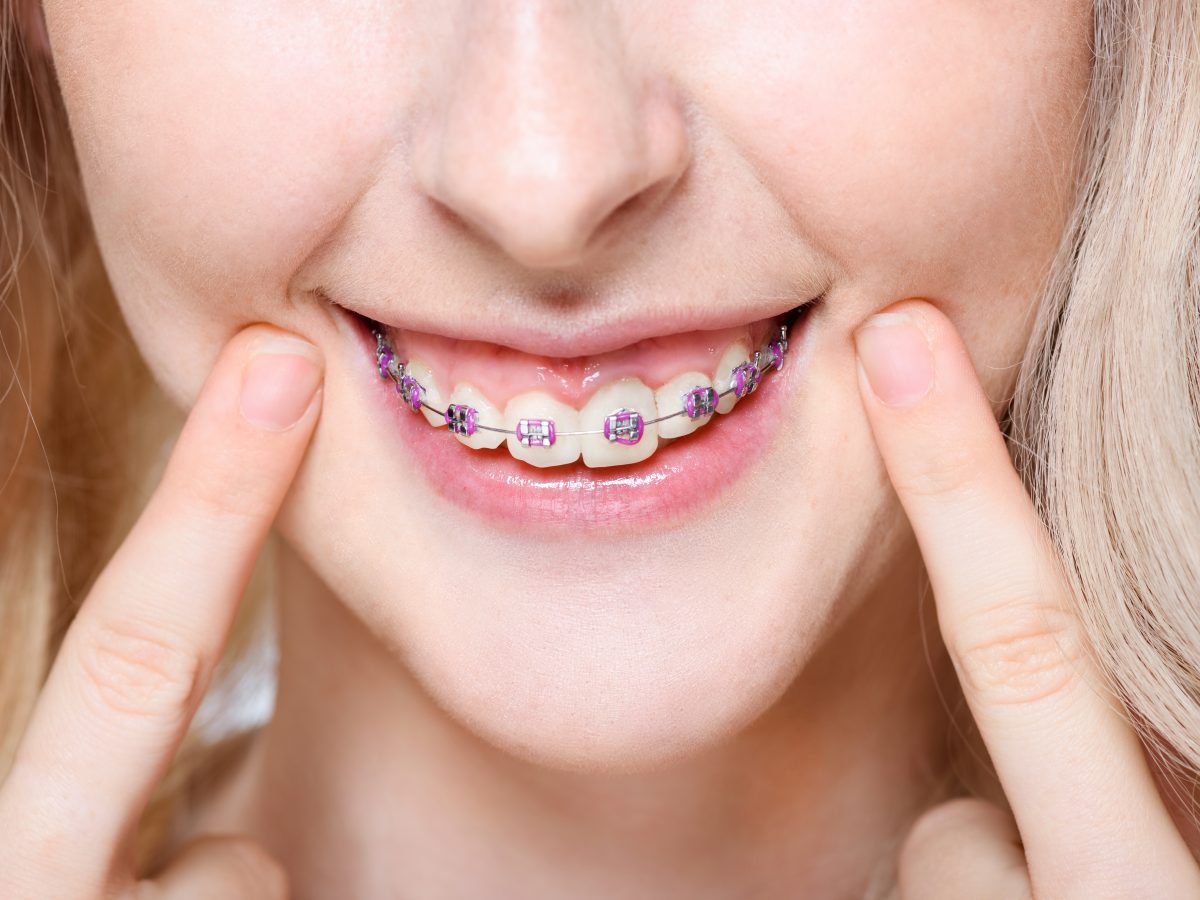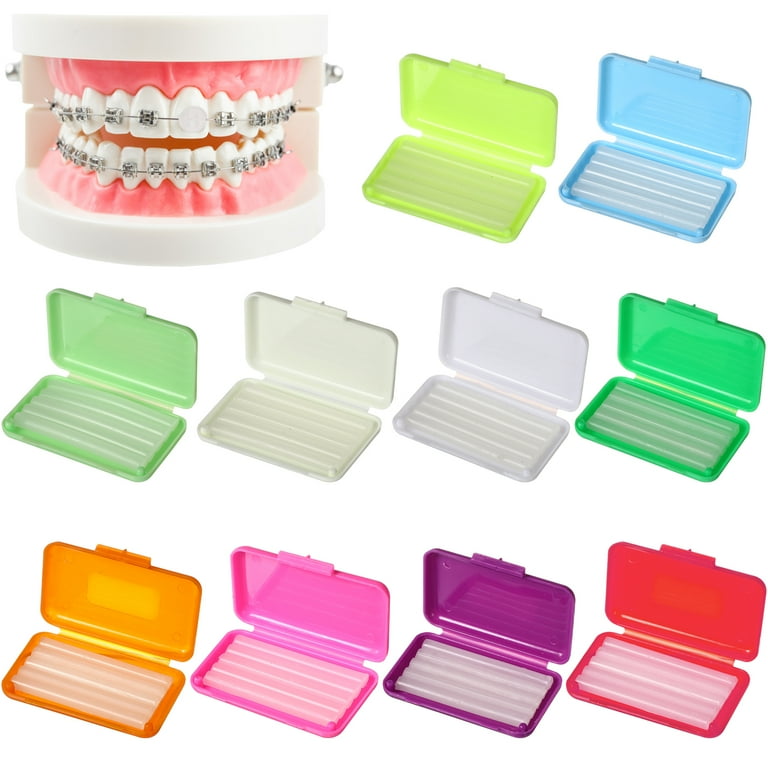Comprehensive Overview to Orthodontics Treatments for Fixing Oral Imbalances
Comprehending the details of each procedure, including their devices, advantages, and possible downsides, is critical in making notified choices concerning one's orthodontic therapy. As we browse with the comprehensive overview to orthodontic procedures for remedying oral misalignments, the intricate details of each approach will unravel, dropping light on the path toward a unified and functional dental positioning.
Orthodontic Procedures Introduction

Regular changes and tracking are crucial components of orthodontic treatment to make sure progression is on track and to make any type of required alterations along the means. By undertaking orthodontic procedures, patients can not just achieve a straighter smile but additionally enhance their overall dental health and function.
Traditional Braces: Just How They Function
When taking into consideration orthodontic treatments for dental misalignments, standard dental braces stick out as a reliable approach for dealing with teeth positioning. Typical dental braces include brackets, wires, and bands that collaborate to apply continuous stress on the teeth, slowly relocating them right into the preferred alignment. The brackets are connected to the teeth making use of a special adhesive, and the cords are threaded through the brackets. By adjusting the stress of the cords, orthodontists can manage the instructions and force applied to each tooth, assisting them into correct placement in time.
One secret facet of exactly how conventional dental braces job is the procedure of bone renovation. As stress is related to the teeth through the dental braces, the bone surrounding the teeth is improved to support the new tooth settings. This remodeling is important for the lasting stability of the remedied alignment. Individuals will need regular adjustments at the orthodontist's office to guarantee the braces proceed to apply the correct stress for reliable teeth movement.
Undetectable Aligners: Advantages And Disadvantages
Undetectable aligners provide a practical and very discreet alternative to traditional dental braces for fixing dental misalignments. These clear, tailor-made trays are essentially invisible when put on, making them an appealing choice for people seeking a more visually pleasing orthodontic treatment. Among the primary benefits of undetectable aligners is their removability, permitting for less complicated upkeep of dental hygiene compared to standard dental braces. Clients can eliminate the aligners before consuming or cleaning their teeth, decreasing the threat of food getting embeded the appliance and simplifying the cleansing process.

Surgical Orthodontic Options
Surgical interventions in orthodontics present viable options for resolving intricate oral imbalances that may not be effectively dealt with through traditional orthodontic therapies. While unnoticeable aligners and conventional braces can remedy many orthodontic problems, particular situations need surgical treatment to achieve optimum results. Surgical orthodontic alternatives are commonly advised for severe malocclusions, considerable jaw inconsistencies, and cases where the underlying bone structure requires alteration to achieve appropriate placement.
One usual surgical orthodontic treatment is orthognathic surgery, which involves repositioning the jaws to remedy useful issues such as trouble talking or eating. This surgical procedure is frequently executed in collaboration with an orthodontist who assists line up the teeth prior to and after the procedure. Surgical orthodontics might also involve procedures to expose affected teeth, remove excess periodontal tissue, or reshape the jawbone to produce a much more unified face account.
Before thinking about surgical orthodontic choices, patients undergo a comprehensive analysis to determine the requirement and possible advantages of such interventions. cumming braces. While surgical treatment may seem complicated, it can dramatically boost both the function and appearances of the smile in instances where standard orthodontic treatments fall short
Retainers and Post-Treatment Treatment

Post-treatment treatment involves complying with the orthodontist's directions faithfully. This might include correct dental hygiene practices, attending follow-up appointments, and using the retainers as prescribed. Failure to adhere to post-treatment care instructions can result in relapse, where the teeth slowly relocate back in the direction of their original settings. Consistent retainer wear, great oral health, and routine oral check-ups are vital for maintaining the outcomes achieved via orthodontic surgery and making sure the long-term security of dental insurance plans the dealt with dental alignment.
Verdict
In conclusion, orthodontic treatments supply numerous options for fixing dental imbalances. Surgical orthodontic choices are available for a lot web link more severe misalignments. Overall, orthodontic treatments can effectively improve oral health and wellness and aesthetic look.
As we navigate with the extensive overview to orthodontic treatments for dealing with oral misalignments, the detailed details of each method will certainly unravel, shedding light on the path towards a unified and useful dental positioning. - braces
One of the most usual orthodontic treatments is the use of dental braces, which are composed of steel brackets and cords that apply gentle pressure to progressively move teeth right into the desired setting.When thinking about orthodontic therapies for oral misalignments, typical braces stand out as a time-tested method for fixing teeth placing. In addition, unseen aligners may not be ideal for intricate orthodontic concerns that call for even more significant teeth movement, as they are commonly advised for mild to modest situations. Retainers are customized orthodontic devices designed to hold teeth in their dealt with placements after the completion of orthodontic treatment.